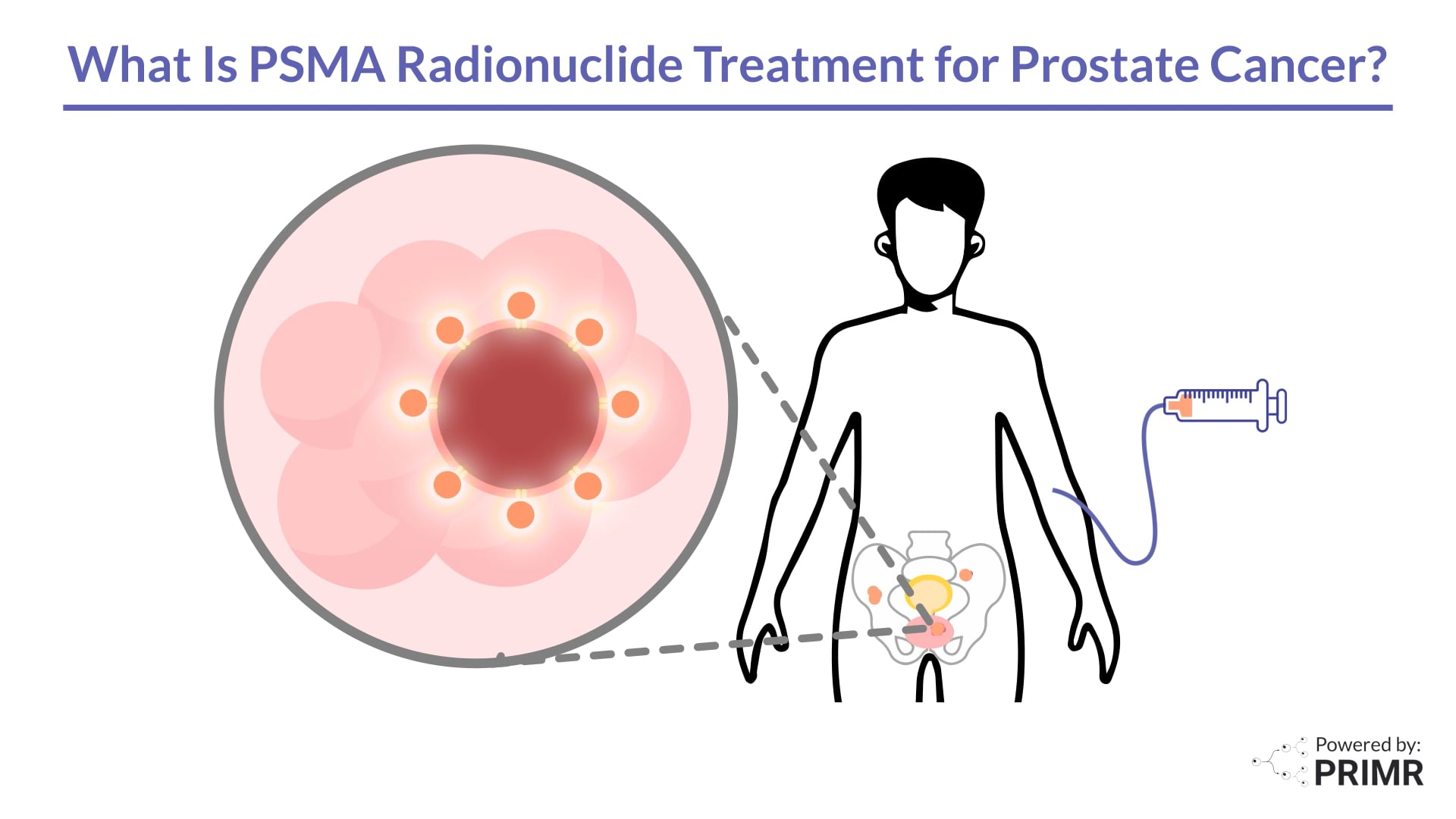The ProtecT Trial for Patients with Localized Prostate Cancer
The video provides an overview of the ProtecT Trial, which studied the effectiveness of three treatment options for men with localized prostate cancer - active monitoring, prostatectomy, and radiation therapy.
The trial followed over 1600 men for 15 years and found that all three treatments were similarly effective in preventing death from prostate cancer, but each option had its own benefits and risks.
Read the full video transcript below:
This video is an overview of a large clinical trial called the Protect Trial.
The results of this trial can help men with prostate cancer make a decision about which treatment is best for them.
Prostate cancer is a common type of cancer that affects men, especially those over 50 years old. When diagnosed early, it can usually be treated successfully, but the choice of treatment can be confusing and overwhelming.
A recent study followed over 1600 men with localized prostate cancer, which means it has not spread to any parts of the body. They were randomly assigned to three groups: active monitoring, prostatectomy, and radiation therapy. About two-thirds of the men on the study had low-risk prostate cancer, and about one-third had intermediate-risk prostate cancer. Very few men included in the trial had high-risk prostate cancer.
Active monitoring means the doctor keeps an eye on the cancer with regular checkups but does not treat it right away. This approach has since been replaced with active surveillance in the modern era. Prostatectomy is surgery to remove the prostate gland, and radiation therapy targets cancer cells in the prostate with high-energy x-rays.
Men who enrolled in the trial got randomly assigned to one of these three groups. Doctors continued to follow men for 15 years, and they found that after that time, the risk of dying from prostate cancer was low for all three groups, between two to three percent. There was no significant difference in the risk of dying from another cause between any of the three groups. This means that all three treatment options were similarly effective in preventing death from prostate cancer.
It's important to remember that this finding was in a group of men who mostly have low to intermediate risk prostate cancer. Each treatment has its own benefits and risks that patients should consider when deciding which option to choose.
For example, surgery may result in erectile dysfunction or loss of control of urine, and radiation can also cause erectile dysfunction, urinary, or rectal irritation. Active surveillance may be a good option for some men, especially those with low-risk cancer, as it avoids the risks and side effects of treatment.
However, on the Protect Trial, men who underwent active monitoring were more likely to have cancer grow and need more treatment down the road.
These findings should not be applied to men with high-risk disease since there were very few men with high-risk features included in this trial. The choice of treatment for localized prostate cancer is a personal one and should be made in consultation with your doctor. They can help you understand the benefits and risks of each option and decide which one is best for you.
This video is for educational purposes only. Talk to your doctor before making any medical decisions. This is not medical advice.

.jpg)
.jpg)
%20Thumbnail.png)







.jpg)
.png)


.jpeg)








.webp)

